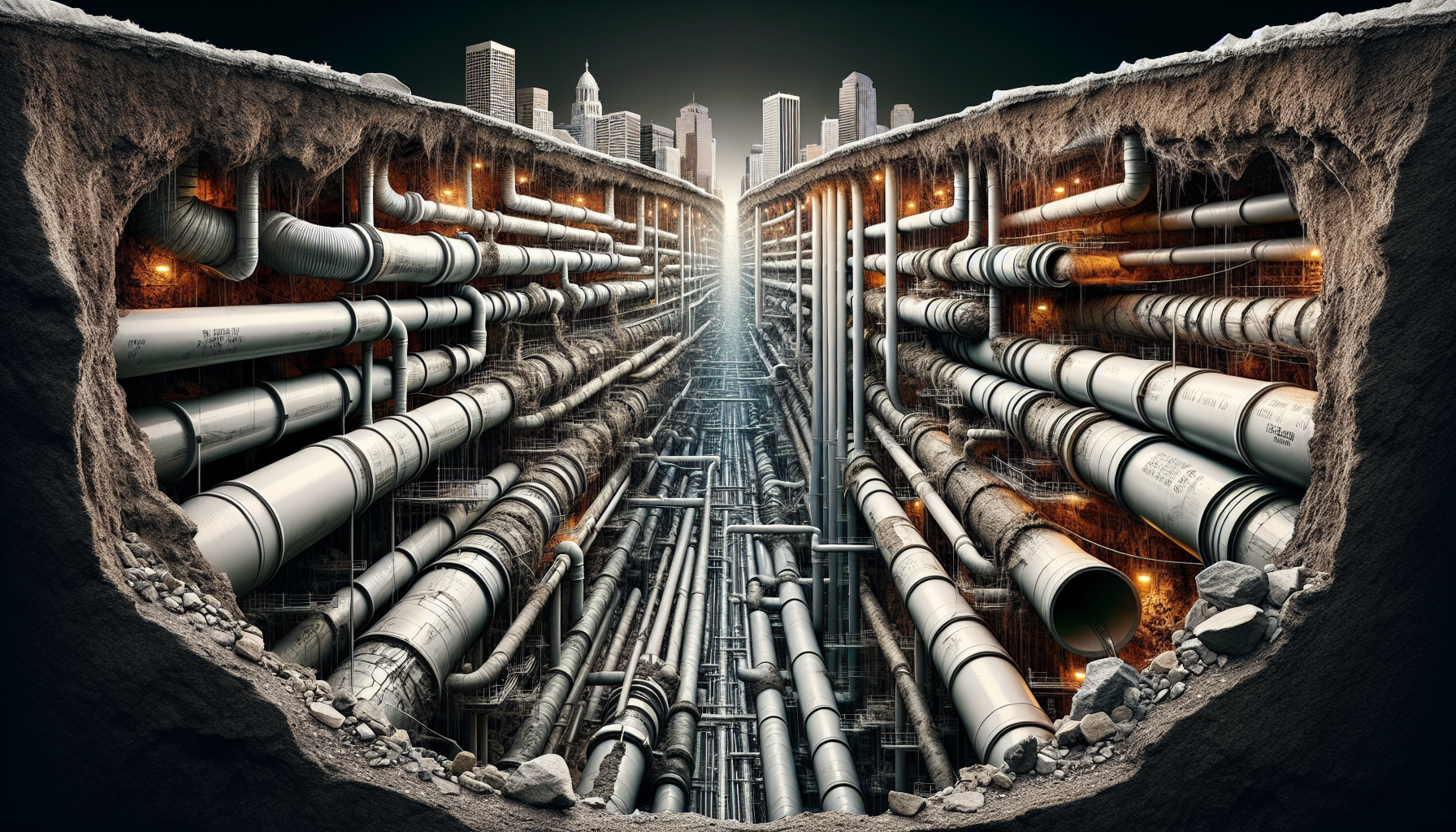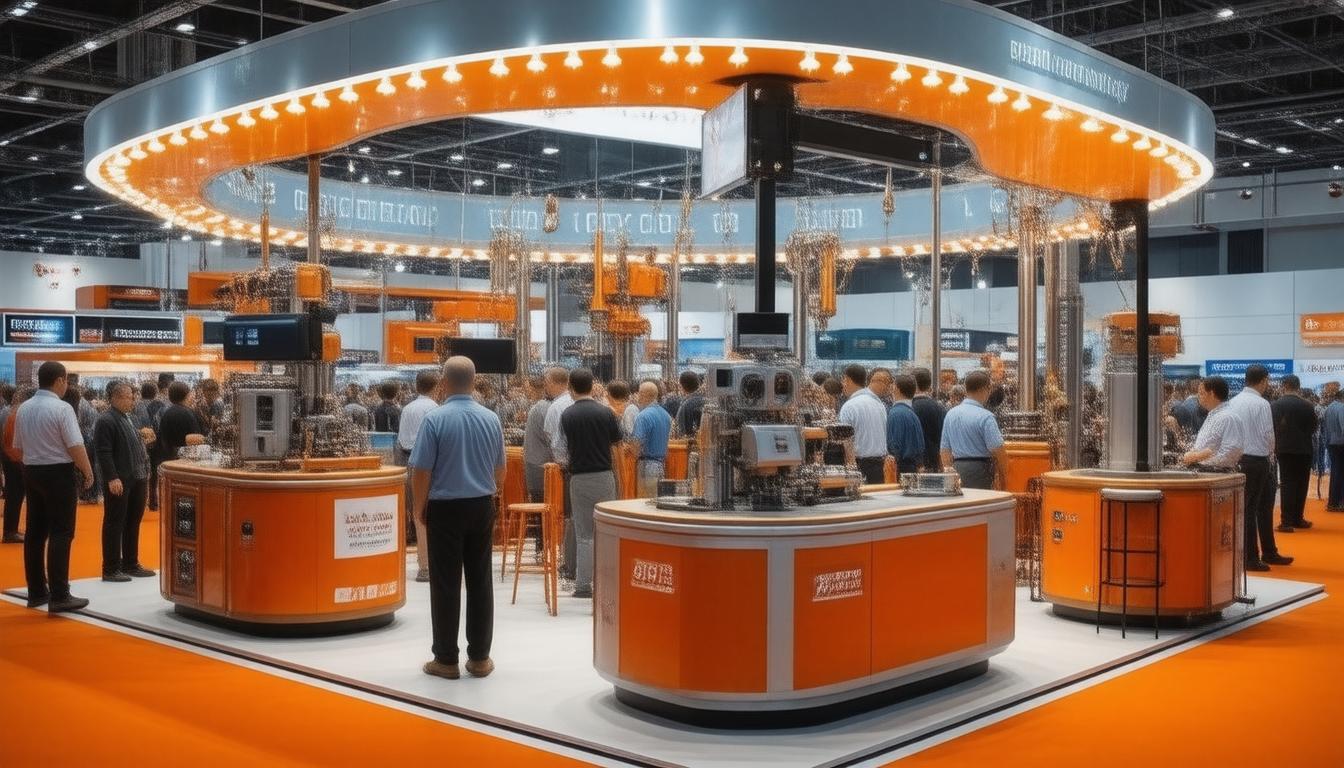
An Infrastructure Under Pressure
In the heart of Spokane, a silent crisis unfolds beneath the surface. The network of sewer lines that forms the city’s underpinnings is frequently succumbing to breakage and disrepair. Made predominantly from polyvinyl chloride (PVC), these pipes were initially embraced for their low cost and ease of installation. However, the gradual revelation of their fragility has raised concerns about the sustainability of such materials in the city’s infrastructure.
Why PVC Fails in Spokane’s Soil
Spokane’s geology plays a critical role in the durability of sewer lines. The region’s soil composition, coupled with drastic temperature swings, sets the stage for PVC lines to crack and break. Though PVC is resistant to corrosion, it is less adaptable to shifting soils and temperature-induced expansion and contraction. As Spokane’s ground freezes and thaws, the rigid PVC sewer pipes often fail to accommodate the stress, leading to frequent breaks and costly repairs.
The Burden of Maintenance and Repair
The repercussions of these fragile pipes affect more than just the city’s sanitation department. Homeowners and municipalities alike bear the financial strain of maintaining and repairing broken sewer lines. The interruption of services and potential health hazards from sewage leaks create urgent and sometimes overwhelming challenges. This constant need for maintenance also diverts funds that could be used for other critical city projects, suggesting a cyclical problem that Spokane must address.
Exploring Alternative Solutions
As the issue persists, local officials and engineers are exploring alternative solutions. Options include relining existing pipes with more resilient materials or entirely replacing the PVC with something more robust and adaptable, such as ductile iron or high-density polyethylene (HDPE). These alternatives, however, come with significantly higher initial costs, raising questions about short-term affordability versus long-term savings and reliability.
Public Response and Policy Implications
Spokane’s residents have not remained silent regarding the state of their sewer lines. Increased public scrutiny has led to policy discussions focused on the long-term vision for the city’s infrastructure. Community meetings and city council debates often highlight the need for investment in a sewer system that can endure Spokane’s unique environmental challenges.
Seeking Sustainable Sewer Solutions
As the narrative of Spokane’s sewer lines unfolds, the quest for sustainability intensifies. Engineers and urban planners are delving into research and collaborating on the design of systems that marry durability with cost-effectiveness. This involves not just material selection but also innovative engineering techniques that could extend the life expectancy of Spokane’s underground lifelines.
Conclusion: Mending the Cracks
The tale of Spokane’s fragile PVC sewer lines continues as the city grapples with the consequences of frequent breakage. While the challenges are formidable, Spokane’s response carries implications that resonate beyond city limits, informing infrastructure decisions in municipalities nationwide. In addressing these issues, Spokane has the opportunity to become a case study in resilience and innovation, mending the cracks that have long plagued its essential services.






